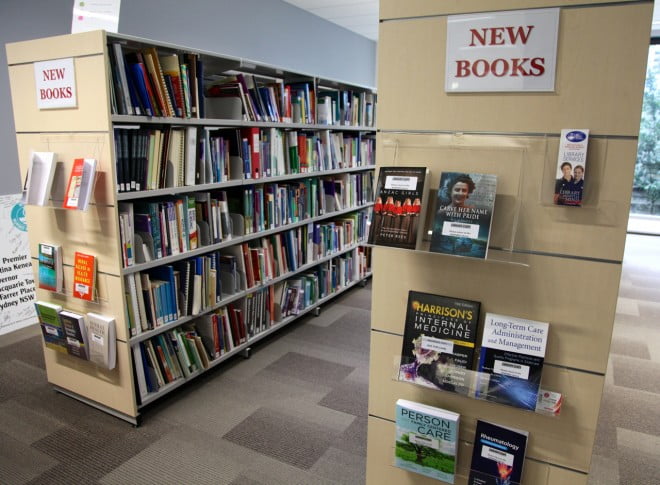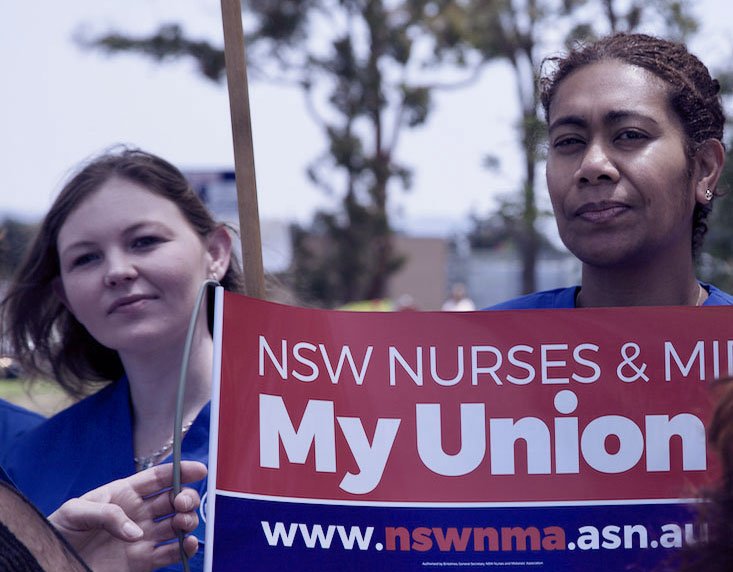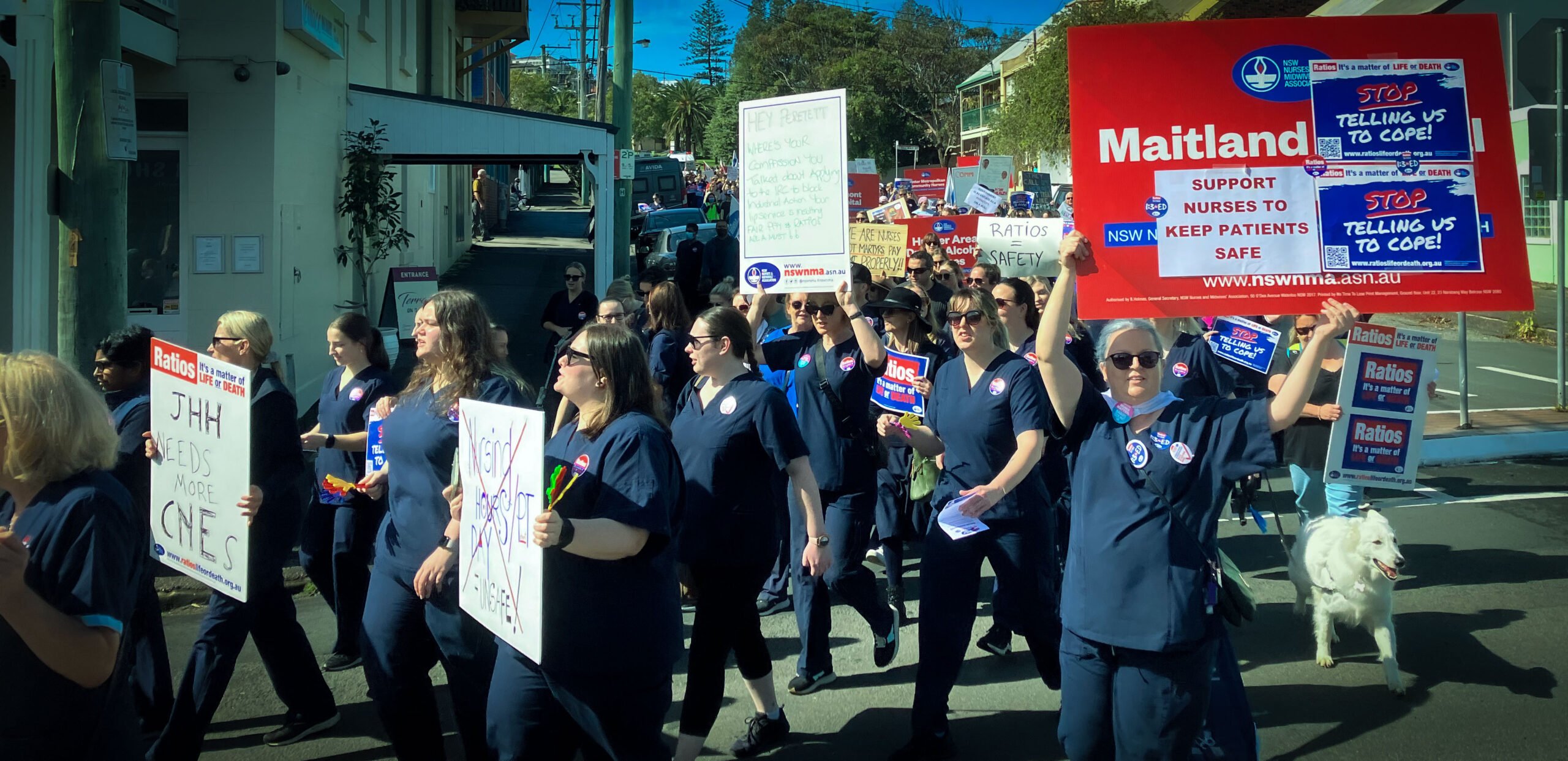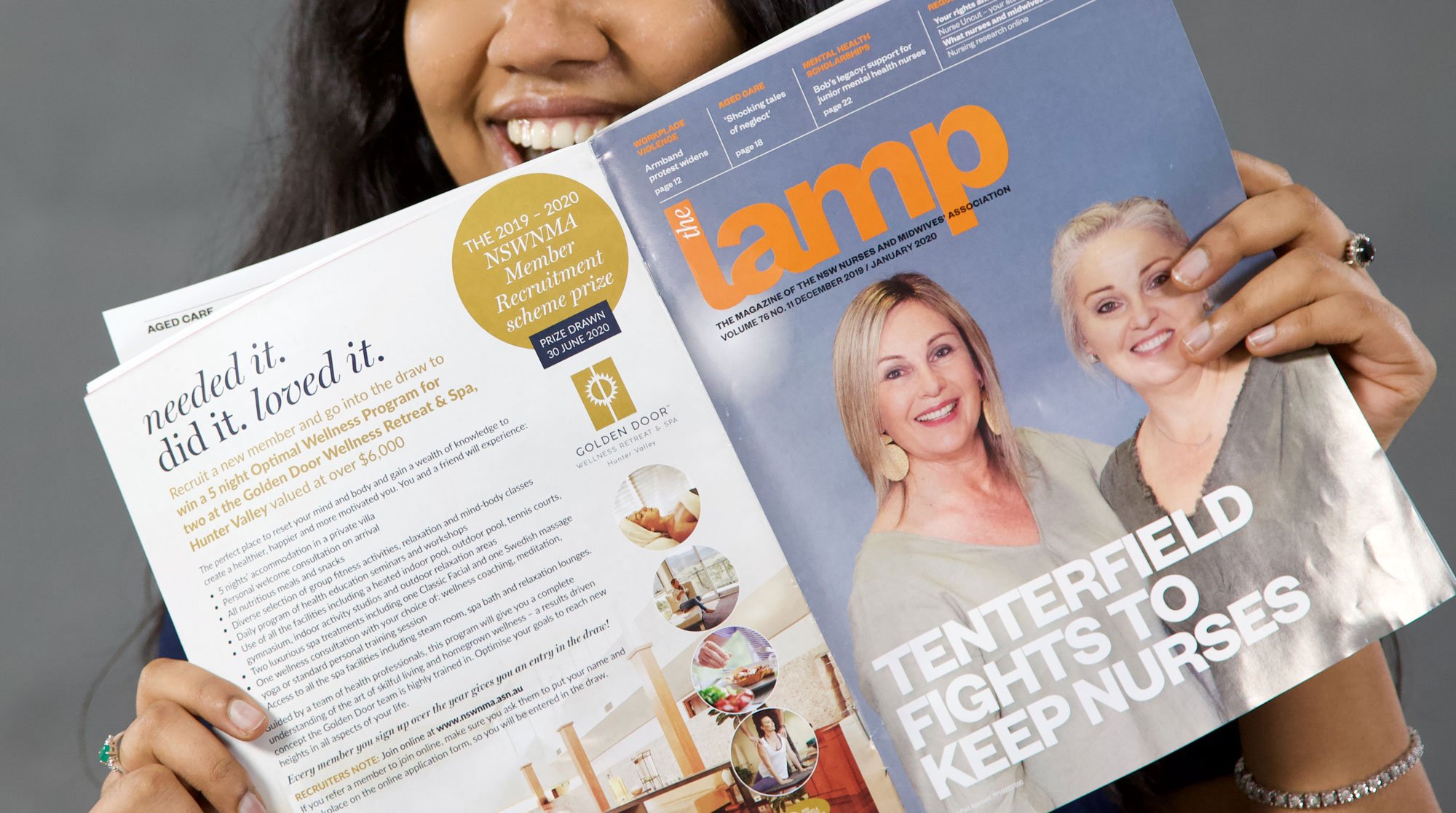About NSWNMA Library
The NSWNMA Library provides a specialised information service which supports and reflects the information needs of member and the industrial, legal and professional interests of the staff.
The Library has a special collection of books and videos and subscribes to a variety of journals which reflect issues in Nursing, Midwifery, WHS and Labour Law. The collection also includes a comprehensive collection of NSW Department of Health publications and material on legal, economic, ethical and work-related issues for nurses and midwives.
The library catalogue is available for viewing via the NSWNMA website. The catalogue allows you to request books for borrowing.
The Library is closley affiliated with all the major NSW health library, NSW State Library and NSW government department libraries through co-operative networks. The NSWNMA Library also has access to a number of legal and health databases.
A formal Inter Library Loans service is available for members and Officers of the Association.
Staff are also available to assist with literature searchs tailored to specific assignments, requests or research needs.
An NSWNMA member talks about the value of the NSWNMA Library.
Hours of operation
We are open from the hours of 9am until 5pm, Monday to Friday, excluding public holidays.
The Library is open to members of the Association, including Associate members (students of nursing and professional members) and other libraries.
Access to the Library is by appointment only.
Library staff
Library Technician
Cathy Matias
Library Assistant
Tim Pearce








